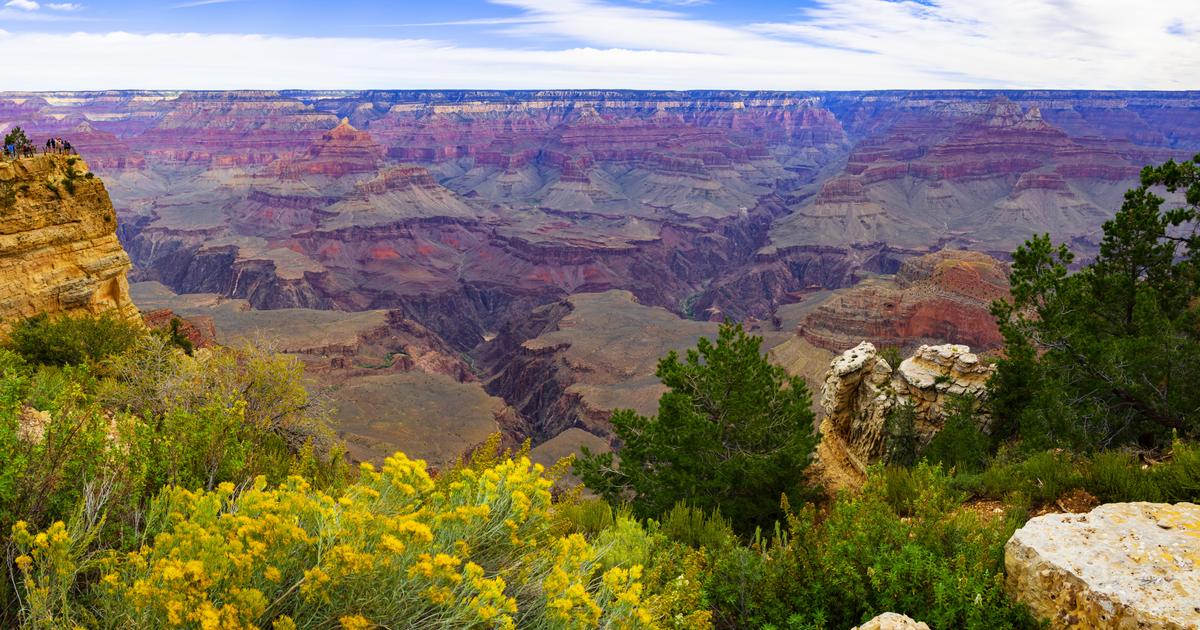Enlarge image
Photo: Modified Copernicus Sentinel Data (2019) / ESA
The Iranian city of Shiraz is famous for its lush gardens.
There is, for example, the Bagh-e Naranjestan orange garden with its many bright fruits.
Or Bāgh-e Eram, the paradise garden, the history of which goes back almost a thousand years.
All over the country, Shiraz is known for its abundance of flowers and the famous rose cultivars.
But when visitors drive around two dozen kilometers out of the town and choose the right time of year, they can see a wonderful play of colors that is even more unusual.
Your excursion then takes you past the city's airport in a south-easterly direction.
Sometimes green fields emerge from the otherwise barren landscape, the Khoshk River is within reach.
It finally flows into Lake Maharloo - the destination of the short trip.
If the river always carried as much water through the mountainous landscape at an altitude of around 1,400 meters as it does in winter, then the lake would hardly have ever been photographed as much.
Because then nothing is particularly noticeable in the barren landscape of southwest Iran.
But the situation changes in summer.
Then something unusual happens here.
Usually there is not much left of the lake.
Because the annual evaporation in the desert region is much greater than the annual rainfall, the water then dries up easily.
Because of this high rate of evaporation, the bottom of the lake has become covered with salt over time.
The high salt content is transferred to the water, which in turn means that certain types of algae, which are well adapted to the high mineral content, thrive and cover the surface.
The water then contains a multitude of organisms that feed on the salts.
They are responsible for the color, which ranges from pink to orange to red - the color is so bright that it can even be seen from space.
The image comes from the Esa satellites of the "Sentinel-2" mission, which are at an altitude of almost 800 kilometers.
From up there, the contrast in the barren landscape appears even greater, and the shading is different at different times.
Basically the color of the water gets darker the deeper the lake is.
That summer, however, the water had completely disappeared, reports the European Space Agency Esa.
The picture above, on which the lake appears dark orange like the fruits in the orange garden of Shiraz, dates from June 2019, but has only now been published by Esa.
At that time the water level was very low.
As with many desert lakes, the salt washed down from the surrounding mountains accumulates.
It can be seen on the satellite image as a white crust along the lake shore.
All of the salt is a valuable raw material for the region.
Extraction systems are located on the south bank of Lake Maharloo.
Pink plumage bills at the lake
The salt also has the effect that hardly any animals can live in the lake - especially fish.
In the summer months, however, some birds, such as flamingos, are drawn to the Maharloo.
It is the microorganisms from such lakes that the animals eat and that give their plumage its pink color.
Ironically, such cloudy broths of algae and minerals, which are also known from other parts of the world, sometimes give nature glamor.
Monitoring the lake is also a good exercise for the “Sentinel” satellites from Esa's earth observation program: With its 13 spectral channels, the imager on board can record water quality parameters such as the surface concentration of chlorophyll, detect harmful algal blooms and measure the turbidity of the water.
All of this gives an indication of the state of health and the degree of pollution of waters.
On September 27, the SPIEGEL book "From above - The most beautiful stories told by satellite images about the earth and us humans", edited by Jörg Römer and Christoph Seidler, will be published. It contains more than 50 opulently designed double pages with photos from space: the best articles in the SPIEGEL.de column "The Satellite Image of the Week" as well as numerous texts written exclusively for the book.
joe








